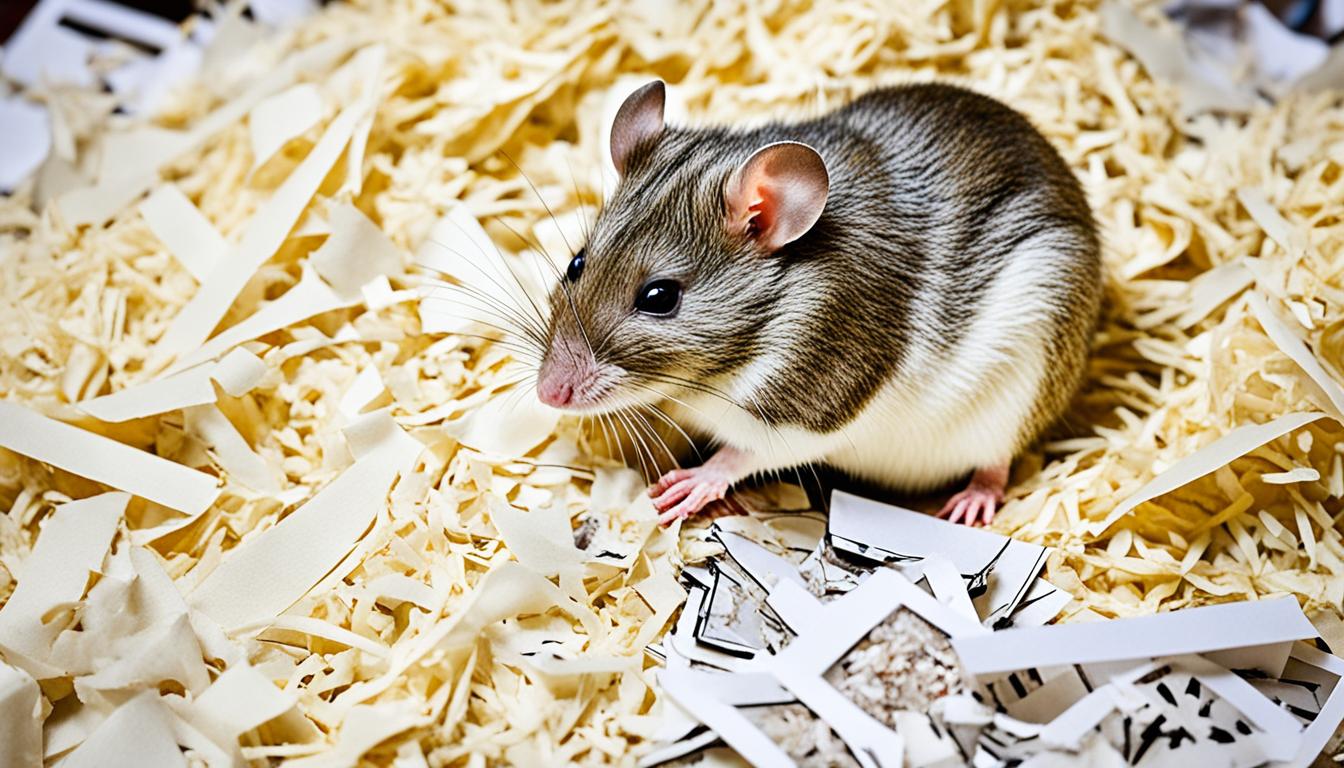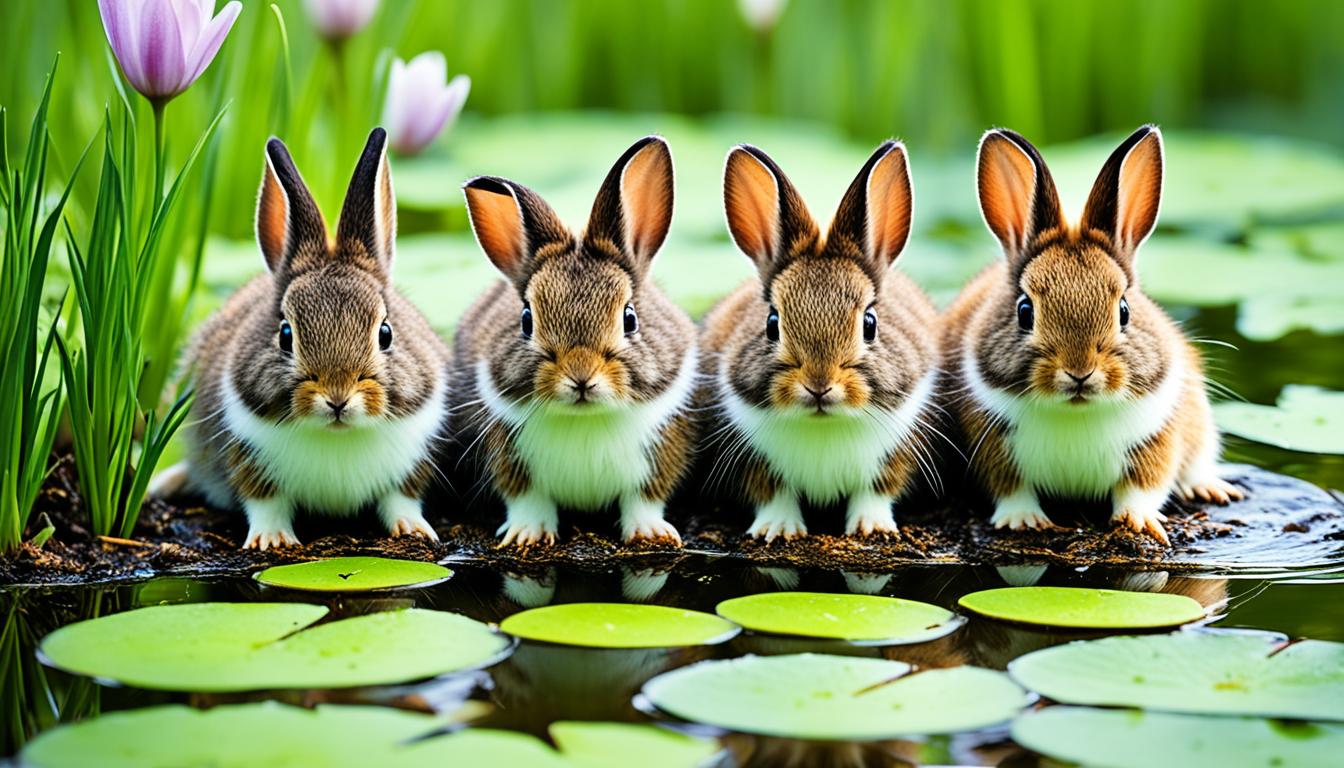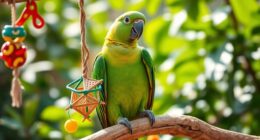Animals choose to lay eggs or give birth based on their environment and survival needs. Laying eggs often helps species protect their offspring in unpredictable habitats, with strategies like hiding or guarding eggs. Giving birth to live young allows animals to nurture and protect their babies immediately, ideal in harsher conditions. Each method offers unique advantages, shaped by evolution over time. To see how these strategies evolved, keep exploring this fascinating topic.
Key Takeaways
- Animals choose egg-laying or live birth based on environmental conditions and reproductive advantages like protection or dispersal.
- Egg-laying species often develop protective strategies, such as shells or guarding, to ensure offspring survival.
- Live birth allows for greater parental investment and nurturing, beneficial in unstable or hazardous environments.
- Reproductive strategies are shaped by evolutionary pressures to maximize offspring survival in specific habitats.
- Diversity in reproductive methods reflects animals’ adaptations to their environments, balancing protection, development, and dispersal needs.

Many species face the age-old dilemma of whether to produce eggs or give birth to live babies, a choice driven by evolutionary advantages and environmental pressures. This decision influences their fertilization methods and parental care strategies, shaping their survival tactics. When animals lay eggs, they often rely on external fertilization, where males release sperm over eggs in water or on land, increasing reproductive success in specific environments. Alternatively, some species use internal fertilization, with males depositing sperm directly into females, which then lay fertilized eggs. The method chosen often aligns with their habitat and reproductive behaviors, affecting how much care they provide afterward.
Many species choose between laying eggs with external fertilization or giving birth to live young, shaped by their environment and survival needs.
If you’re observing egg-laying animals, you’ll notice they tend to develop elaborate strategies to protect their offspring, such as laying eggs in hidden or safe environments. Many reptiles and amphibians, for example, depend heavily on parental care strategies that include guarding eggs or even transporting them to safer locations. Some species go further by providing warmth or moisture, increasing hatchling survival chances. Conversely, animals that give birth to live young often invest heavily in parental care after birth, nurturing their offspring through feeding and protection. Mammals, like humans or whales, exemplify this approach, where internal fertilization results in the development of young inside the mother’s body, leading to more developed newborns ready to face the world.
The choice between eggs and live birth also ties into environmental stability. In unpredictable or harsh conditions, laying eggs might offer a better chance for species to disperse and colonize new areas, especially when offspring are less vulnerable during early stages. Conversely, giving birth to live young allows for greater parental investment, which can be vital when survival depends on immediate care and protection from predators or environmental hazards. Your understanding of these reproductive strategies reveals how animals adapt their reproductive efforts to optimize offspring survival, whether through external incubation or internal nurturing.
In essence, whether an animal lays eggs or gives birth to live babies reflects a complex balance of evolutionary pressures, reproductive biology, and environmental factors. As you observe different species, you’ll see these strategies manifest in behaviors that maximize reproductive success. From the protective shells of turtle eggs to the nurturing of mammalian young, each approach offers unique advantages that have been shaped over millions of years to guarantee the continuation of their species. Recognizing these differences helps you appreciate the incredible diversity of life and the ways animals adapt their reproductive strategies to thrive in their specific worlds.
Frequently Asked Questions
How Do Animals Decide Whether to Lay Eggs or Give Birth?
When considering how animals decide whether to lay eggs or give birth, think about their reproductive energy allocation and parental care strategies. You see, some animals prioritize laying eggs to conserve energy or adapt to their environment, while others invest more in nurturing live young. Your choice depends on factors like habitat, predation risks, and resource availability, shaping their reproductive tactics to maximize survival and reproductive success.
Are There Animals That Switch Between Laying Eggs and Giving Birth?
Imagine a chameleon changing colors to adapt; some animals exhibit reproductive flexibility, switching between egg laying and live birth based on environment. You’ll find species like certain sharks and amphibians that can do both, depending on conditions. These egg laying species demonstrate remarkable adaptability, ensuring survival. So yes, some animals do switch between laying eggs and giving birth, showcasing nature’s incredible ability to adapt to changing environments.
What Environmental Factors Influence Reproductive Strategies?
You should know that environmental factors like climate adaptation and habitat influence reproductive strategies. In harsh or variable climates, animals might lay eggs to protect their offspring from extreme conditions, ensuring better survival. Conversely, in stable environments, giving birth allows for more parental care. Your habitat’s resources and risks shape whether animals evolve to lay eggs or give birth, optimizing their chances of reproductive success.
How Does the Reproductive Method Affect Animal Lifespan?
Imagine your life’s journey as a delicate balance of a tightrope walk. Your reproductive method influences this dance; laying eggs or giving birth affects how you allocate reproductive energy. This choice involves survival trade-offs—some animals invest more in each offspring, extending lifespan, while others reproduce quickly, sacrificing longevity. Ultimately, your reproductive strategy shapes your survival prospects, with each path reflecting a unique trade-off between reproduction and lifespan.
Are There Evolutionary Benefits to Laying Eggs Versus Giving Birth?
You wonder if laying eggs or giving birth offers evolutionary benefits. Laying eggs allows animals to allocate reproductive energy more efficiently, often producing many offspring at once. This strategy can reduce parental care needs, as eggs develop externally. Conversely, giving birth offers better protection and care for fewer offspring, increasing their survival chances. Both methods reflect different parental care strategies, shaped by environmental pressures and reproductive success priorities.
Conclusion
So, next time you see a bird hatch or a baby dolphin swim, remember it’s no coincidence—nature’s way of balancing survival and nurturing. Whether eggs or live birth, each method fits an animal’s world perfectly, just like how you might find unexpected joy in simple surprises. After all, life’s little coincidences remind us that nature’s choices, like ours, are beautifully unpredictable and uniquely suited to each of us.










